Finlay James performs my poem
And my article for The Honest Ulsterman on what I learned from watching an actor perform my work.
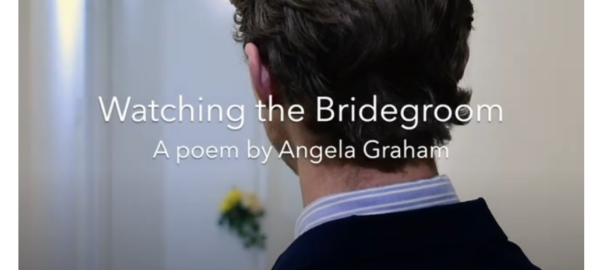
Finlay James performs my poem
And my article for The Honest Ulsterman on what I learned from watching an actor perform my work.

The Consulate General of Ireland in Wales kindly sponsored the Cardiff launch of ‘STAR: poems for the Christmas Season’.
Llyfrau Caban Books hosted with Phil Cope of Culture And Democracy Press.
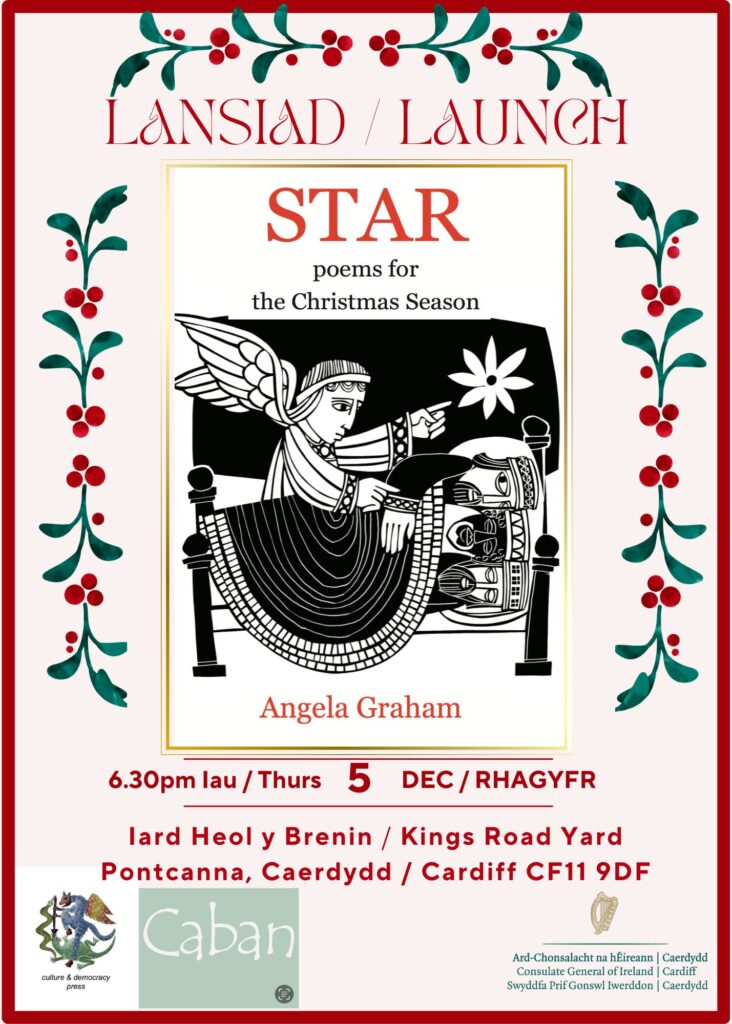
On 12th December I read from ‘STAR’ at the Consulate’s Christmas reception in Cardiff. Both Ireland and Wales are very present in ‘STAR’ and I was delighted to share some poems with this particular audience.
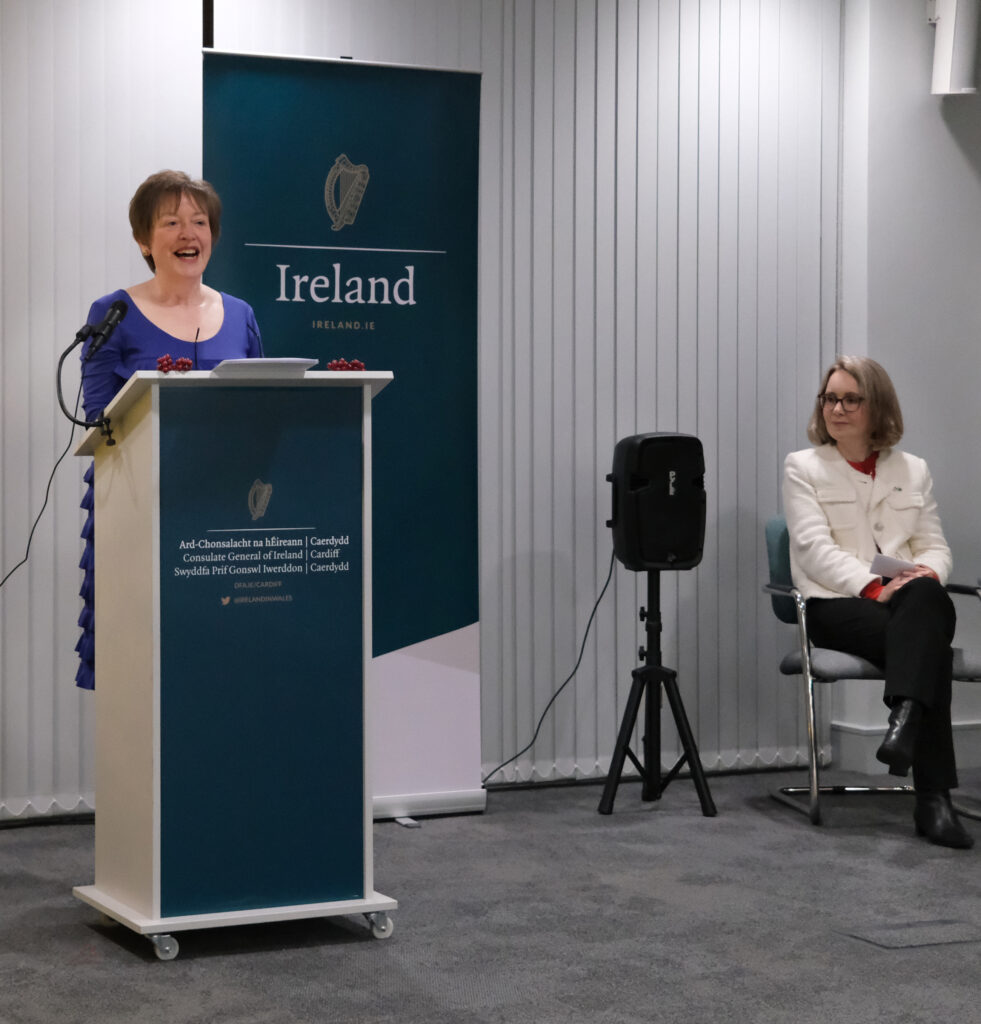
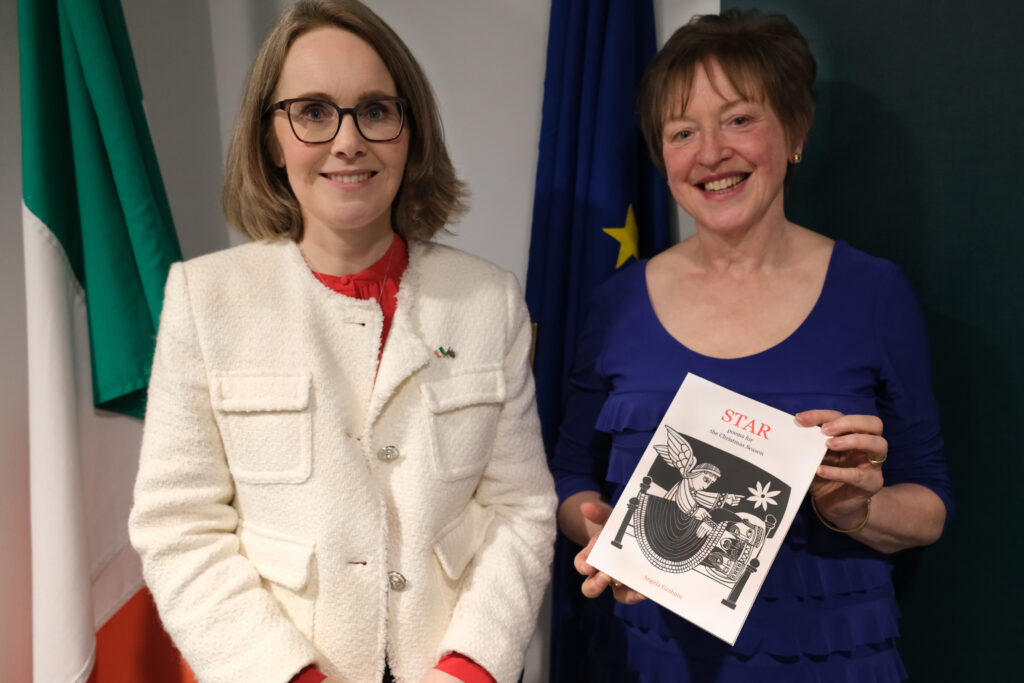
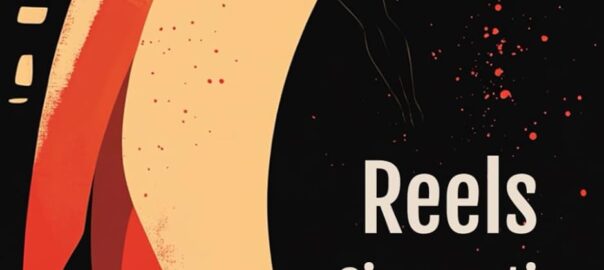


High Rise: Brutalist Poetry, a slimline anthology that promises to blend the raw, unfiltered essence of Brutalism with the emotional depth and honesty of art brut. Inspired by the architectural starkness of ‘beton brut’ and the visceral expressiveness championed by notable figures such as Charles Bukowski, Sylvia Plath, and Anne Sexton, this collection seeks to explore the profound realities of the human condition through poetry that is both honest and intricately crafted.

My poem ‘Ending The World’ appears in ‘LAST LIGHT’ anthology.
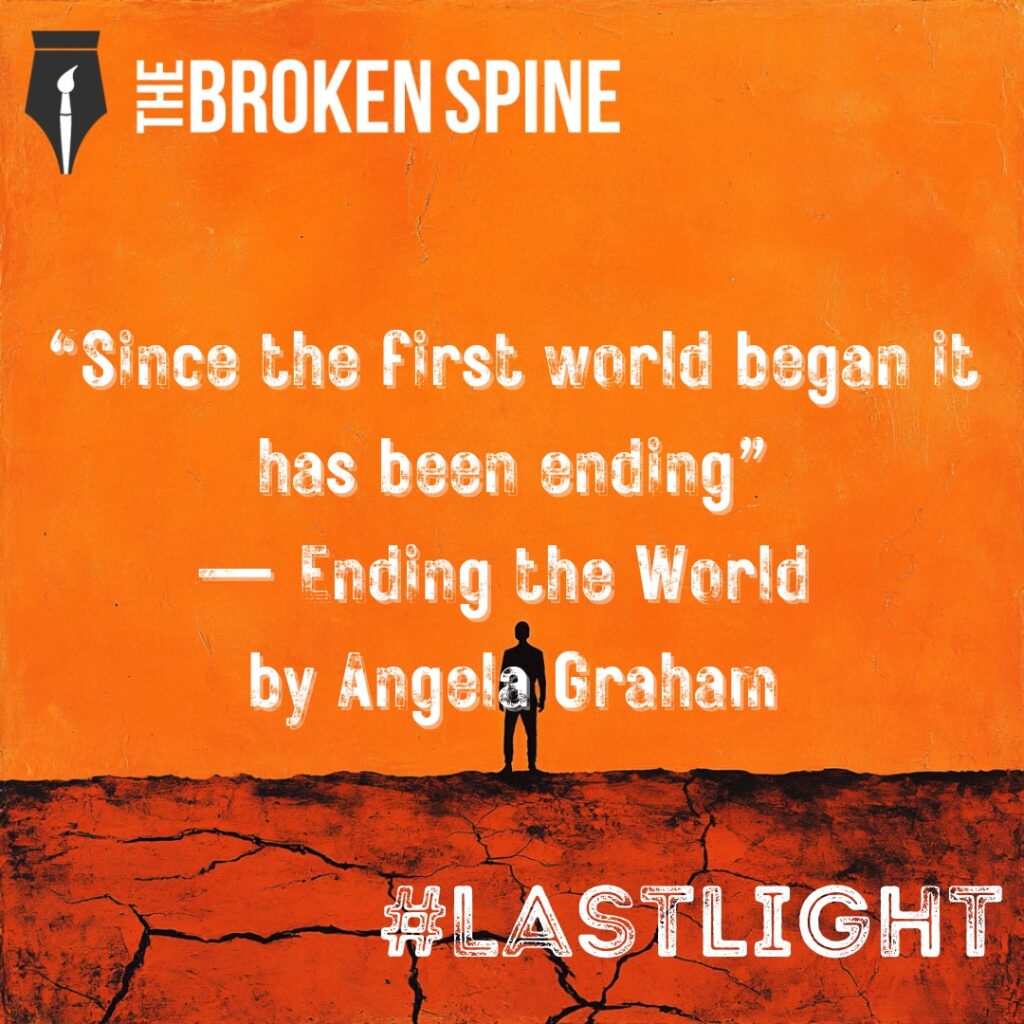
Last Light: Apocalypse Poetry is a compelling anthology edited by Alan Parry, presented by The Broken Spine. This collection offers a haunting exploration of apocalyptic themes through the eyes of diverse, contemporary poets. The works within navigate the fragility of existence, environmental collapse, and the profound sense of finality that marks the end of worlds, both imagined and real.
With contributions from poets like Angela Graham, Clive Matson, and Amaleena Damlé, each poem acts as a poignant reflection on humanity’s role in its own undoing. The collection deftly balances between the personal and the universal, capturing the myriad ways in which individuals and societies confront the spectre of annihilation. From the visceral imagery of environmental devastation to the intimate despair of personal loss, Last Light invites readers to consider the beauty and terror of endings.
Last Light is a powerful testament to the enduring relevance of apocalyptic literature in our uncertain times.
My poem, ‘CAPITULATION’ appears in ‘Reels’
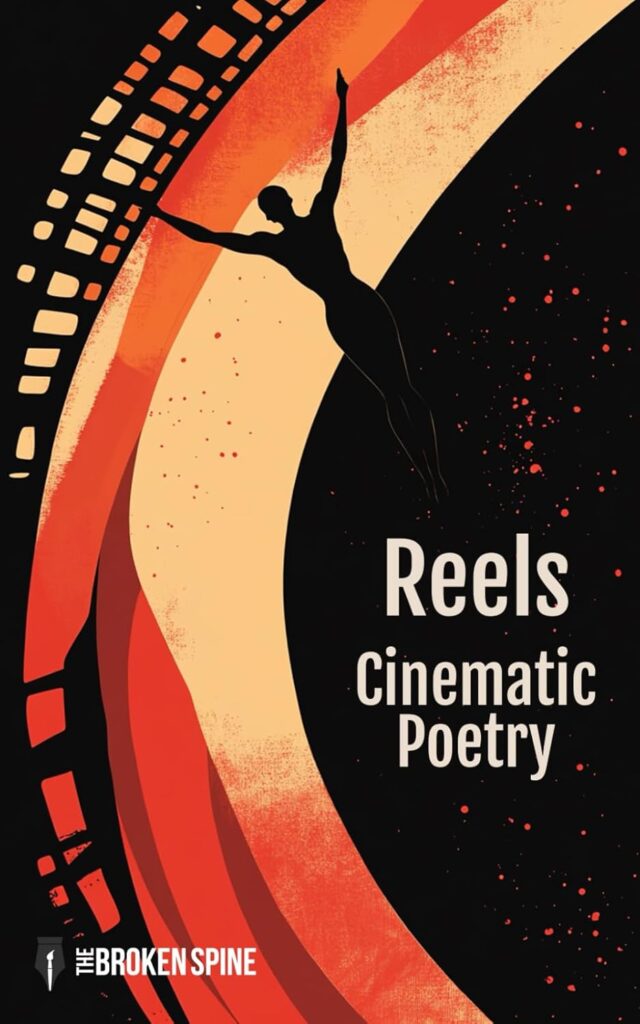
‘Reels doesn’t ask for your comfort, and it won’t offer any. This anthology gathers poets who write with an edge, crafting texts that land like unflinching film cuts, capturing moments that demand to be seen. Born from a passing conversation on the cinematic art of image-shifting, Reels is for readers ready to feel every word, every line, and every collision of light and shadow.
‘Edited by Alan Parry, Reels invites you into poetry as snapshots of raw, untamed experience. Refusing to look away, these poems confront beauty and brutality with unapologetic honesty. Featuring voices like Georgia Hilton, Sue Finch, Katie Manning, and many more—Reels embodies poetry at its most uncompromising.
Published by The Broken Spine, Reels is for those who understand that art lives on the edge, that real poetry is a lens on the world’s harshest truths. Step into these pages if you’re ready to see what these poets lay bare—but leave comfort at the door. This is poetry with teeth, capturing life’s starkest reels.’
I was interviewed about my short fiction by The Broken Spine https://thebrokenspine.co.uk/2022/11/02/brokenasides-with-angela-graham

The Lonely Crowd was one of the first journals to take a story from me so it’s always a particular pleasure to be published here. A print copy arrived immediately before Christmas containing the bold mixture of styles that we’ve come to expect.
My story is one of imprisonment, escape and daring – in unlikely circumstances: THE BANGLE
Three Poems Medbh McGuckian / Mature People Mary Morrissy / Three Poems Taz Rahman / Everything Falling Emily Devane / Letter To My First Milk Tooth Breda Spaight / Success is counted sweetest… Fiona O’Connor / Naming Jimmy Wilde Tony Curtis / Capital Vices Conor Montague / Two Poems Hilary Watson / Intermission Catherine Wilkinson / Three Poems Linda McKenna / A Suitable Feast Cath Barton / Three Poems Jackie Gorman / A Letter to Dylan Thomas Orfhlaith Foyle / Three Poems Pauline Flynn / Joy Karys Frank / Three Poems Jane Lovell / Wild Horses Lucie McKnight Hardy / Two Poems Jo Mazelis / The Bangle Angela Graham / Two Poems Fiona Cameron / Take Away Alan McCormick / Two Poems Mary O’Donnell / Review: Open Up by Thomas Morris / Two Poems for Christopher Cornwell John Goodby, John Lavin / Edited by John Lavin
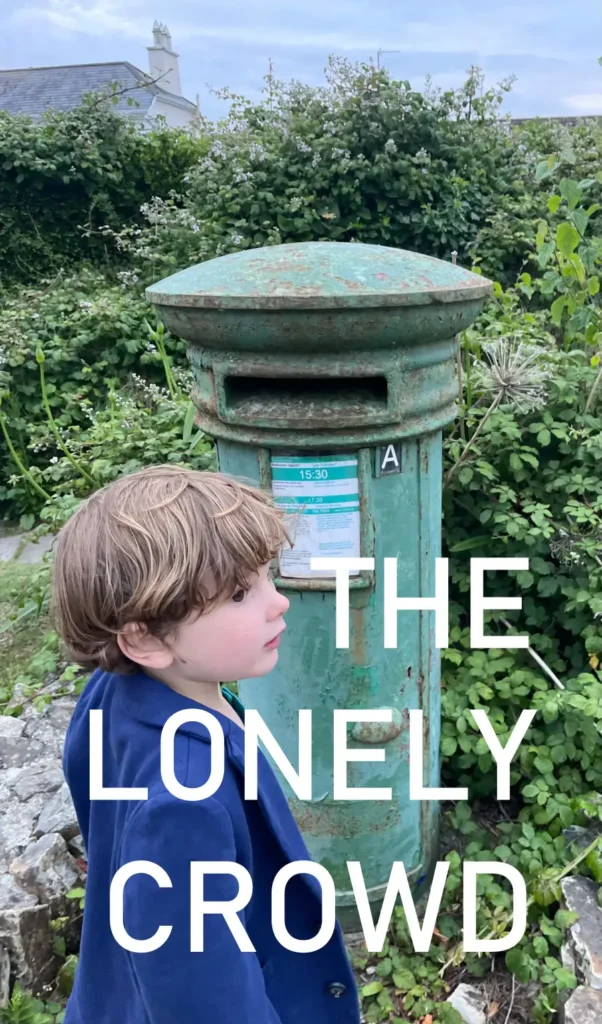

In November 2024 I appeared on Thran – the Podcast being interivewed by Liam Logan about my Ulster-Scots poetry concerning the first World War. Listen here.
The photo of me below was taken at the recording of the interview at the Somme Museum, hence my sombre demeanour. I found being interviewed about my grandfather’s experience at the Somme to be a moving experience. The background is a kind of diorama of a battleground scene.

The Ulster-Scots word ‘thran’ means ‘stalwart to the point of stubborness’.

Northern Visions’ Talk Like That profiles an artist every episode in a 30-minute interview format with Ciarán Ó Brolcháin. It was a great pleasure to reflect on the genesis and contents of ‘STAR: poems for the Christmas Season’. Watch the episode via the link above.
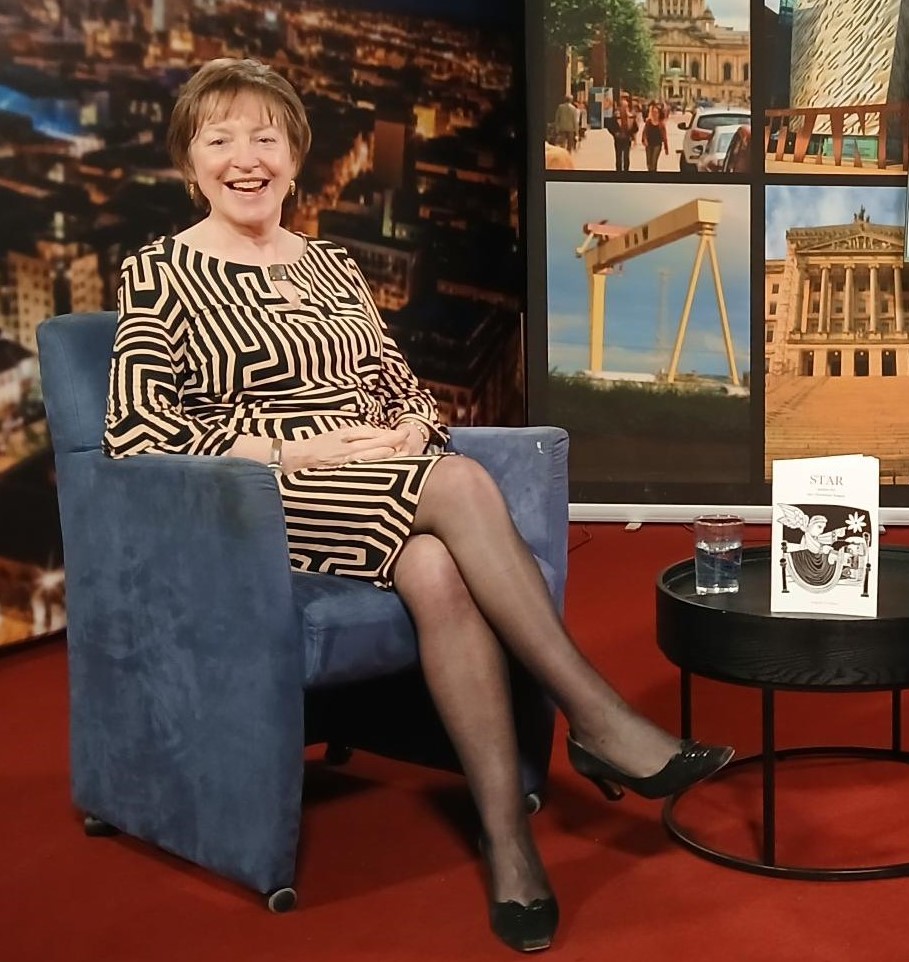
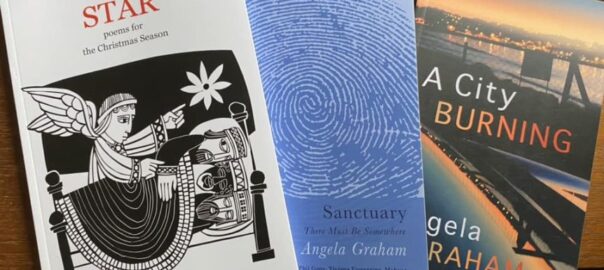
I was delighted to have the opportunity to introduce my writing self to readers of CAP Arts Monthly December 2024, POETRY and SPOKEN WORD section. It gave me an opportunity to reflect on how a book brews and emerges, within the context of one’s other work.
‘The Monthly is a place for informed opinions and analysis of ideas, issues and news items from across the arts sector —with an emphasis on the issues affecting community arts— in Northern Ireland.
The Monthly editorial bulletin offers all of us in the community arts and indeed, the wider arts sector, an opportunity to reflect on what matters to us, our communities, our organisations and our participating client groups and individuals.’
The Monthly comes in three editions: Community Arts, Dance & Poetry and Spoken Word
In ‘Evidence and Imagination’ I wrote about the genesis of poetry collection ‘STAR: poems for the Christmas season’
As a film maker I have worked on more than a hundred documentaries and factual programmes. The documentary form, no matter how subjective its point of view might be, privileges evidence and witness. I shouldn’t have been surprised that the first book I wrote, a collection of twenty-six short stories, ‘A City Burning’, was found by reviewers to be full of acts of witnessing and, therefore, of moments of choice about what to do in response. I hadn’t realised how deeply ingrained in me that witness/choice dynamic had become, but it came out in the writing nonetheless…
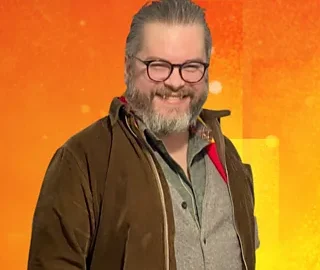
On December 13th I was interviewed by Gary Raymond, host of BBC Radio Wales’s Arts Show


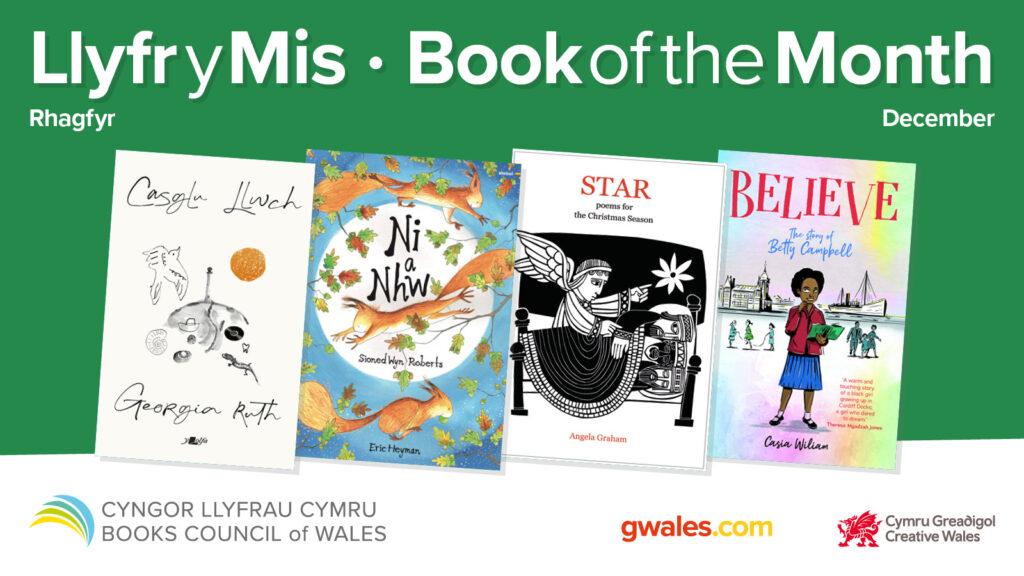
My poetry collection, ‘STAR: poems for the Christmas Season’ has been chosen as the adult, English-language Book of the Month by The Books Council of Wales.
The main objectives as a Books Council for Wales are to support the publishing industry in Wales and promote reading for pleasure.
It was established as a national charity in 1961 in Aberystwyth and employs around 40 members of staff.